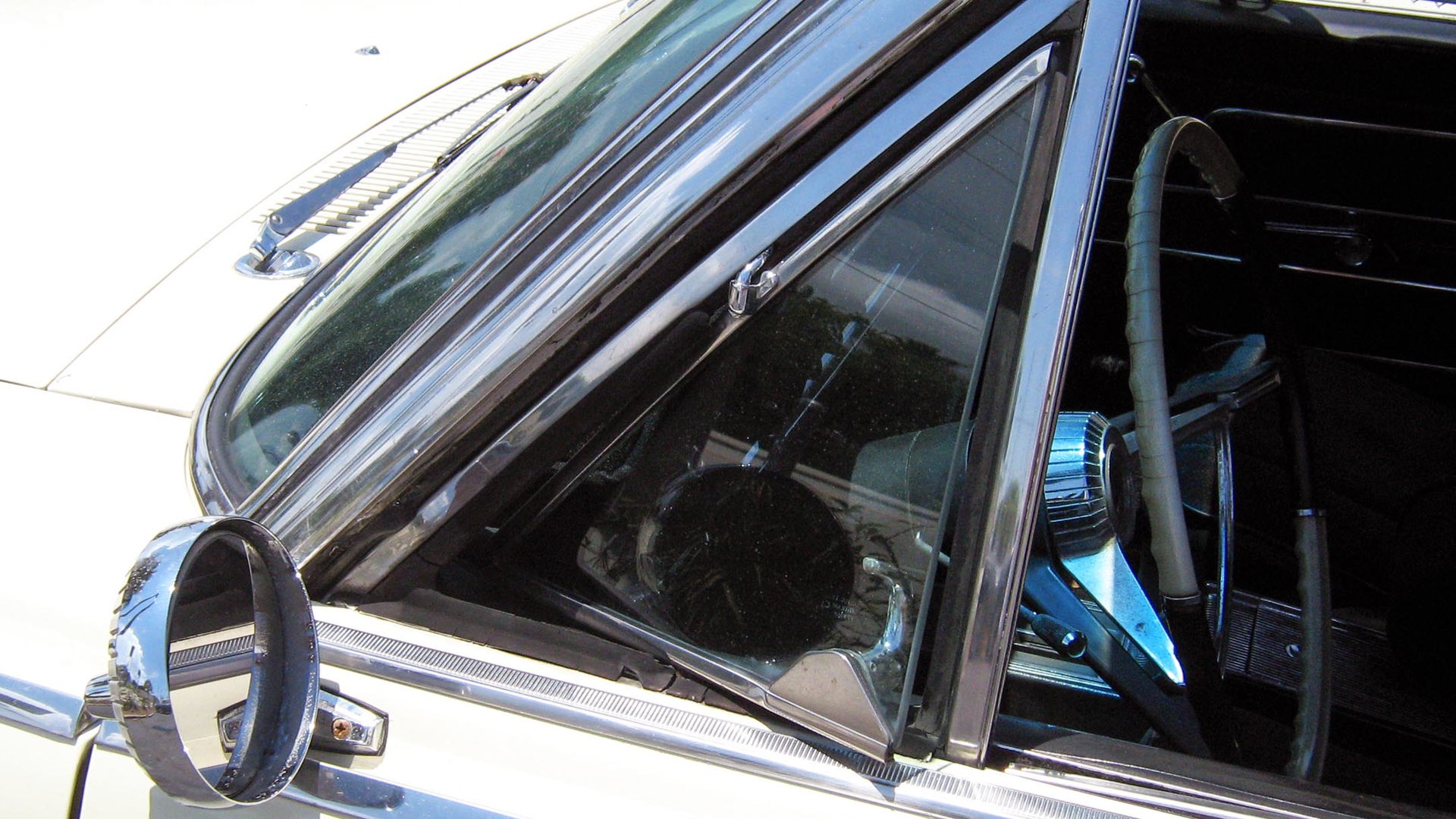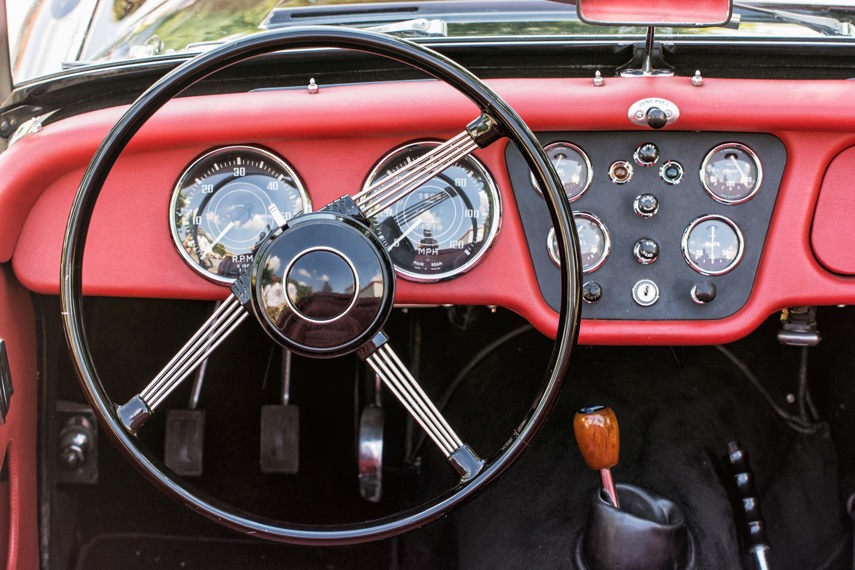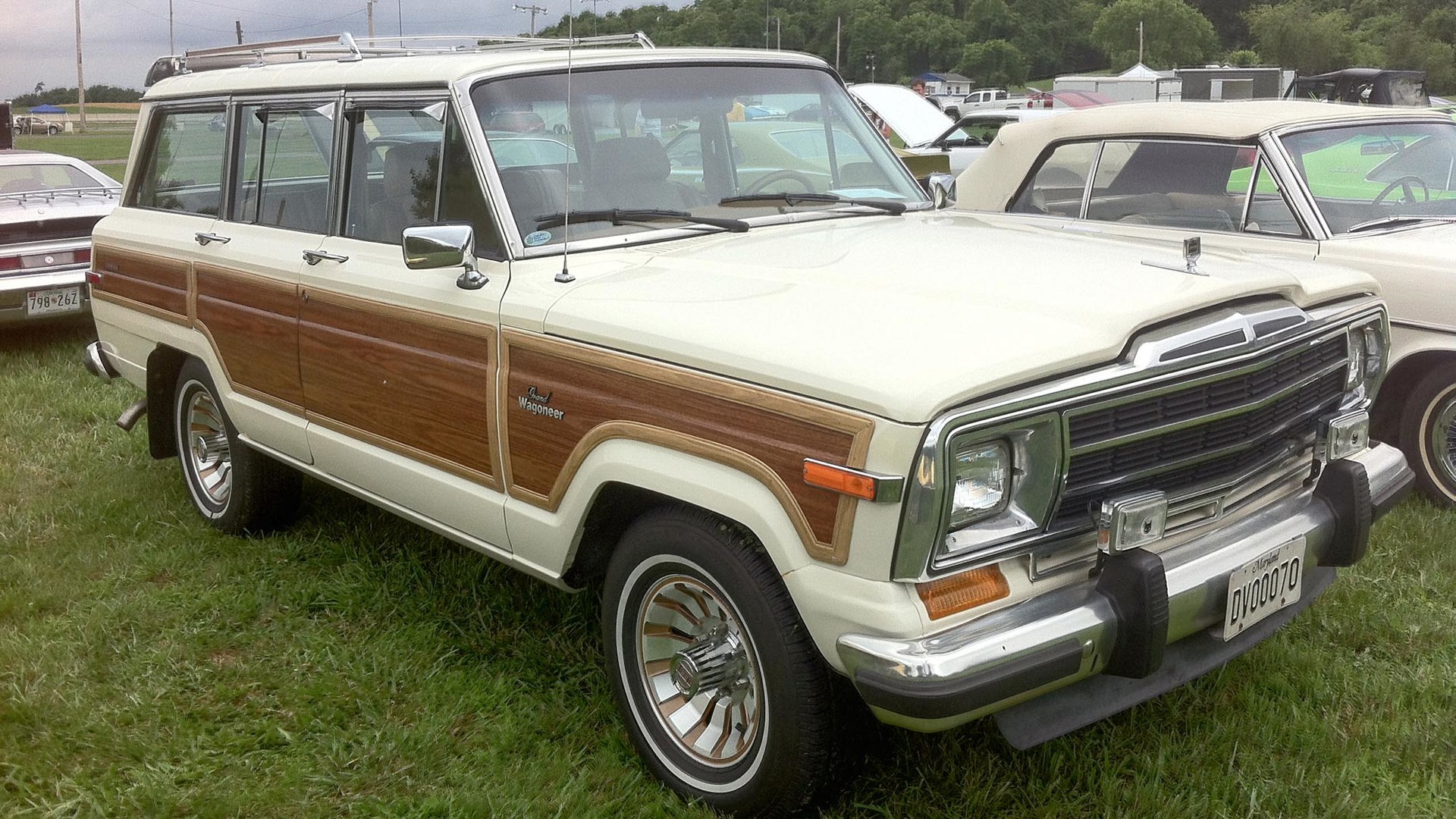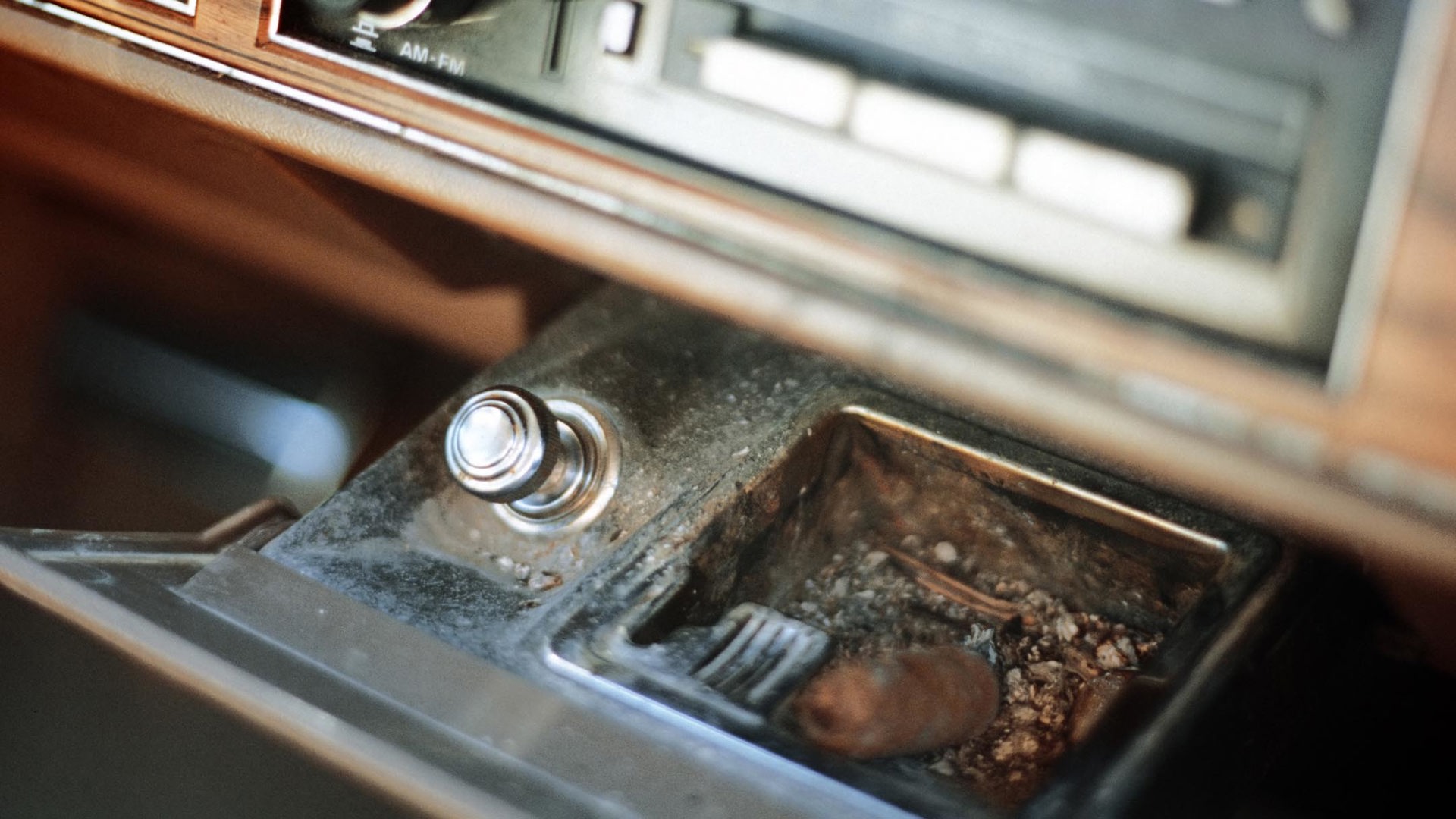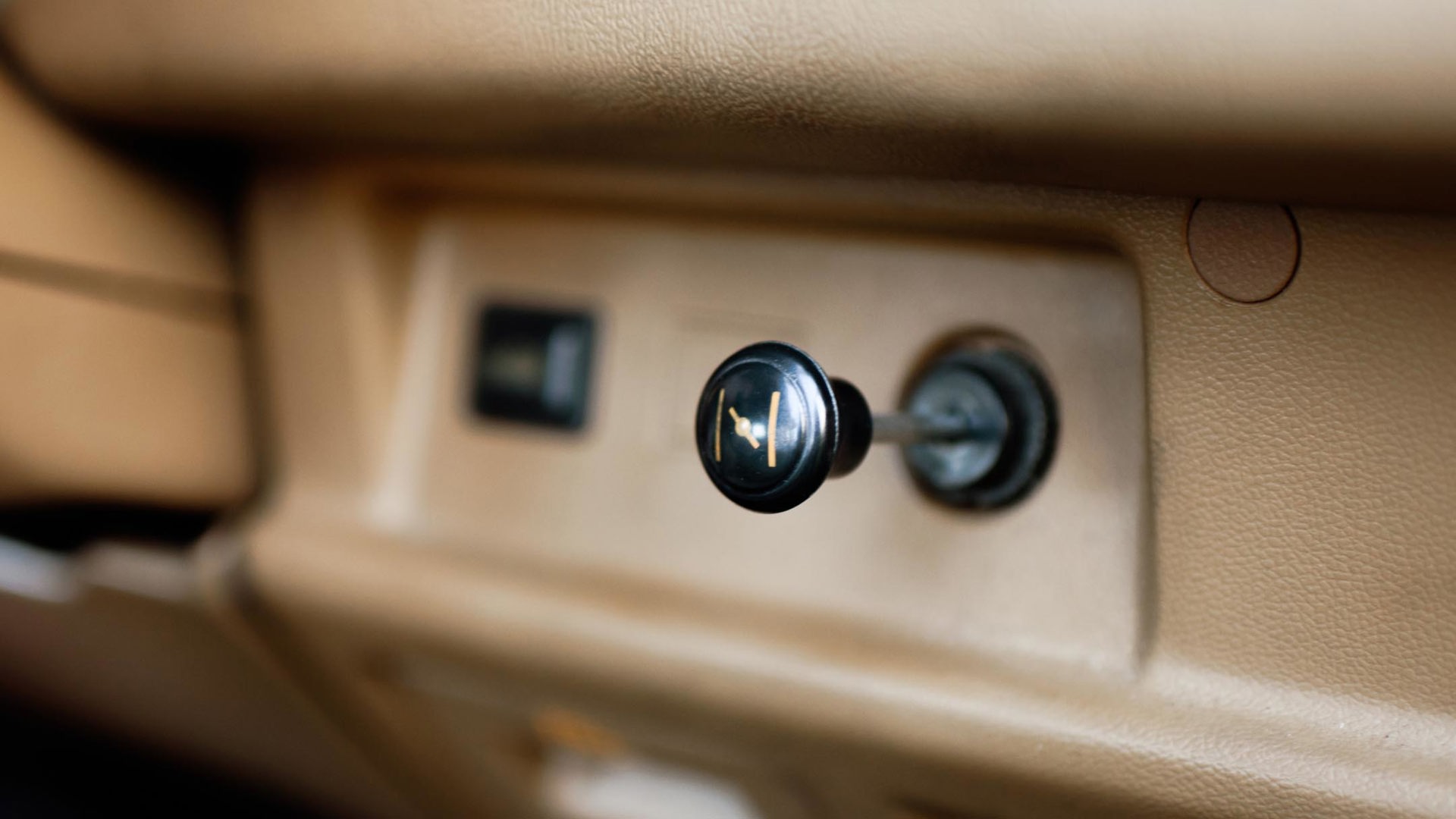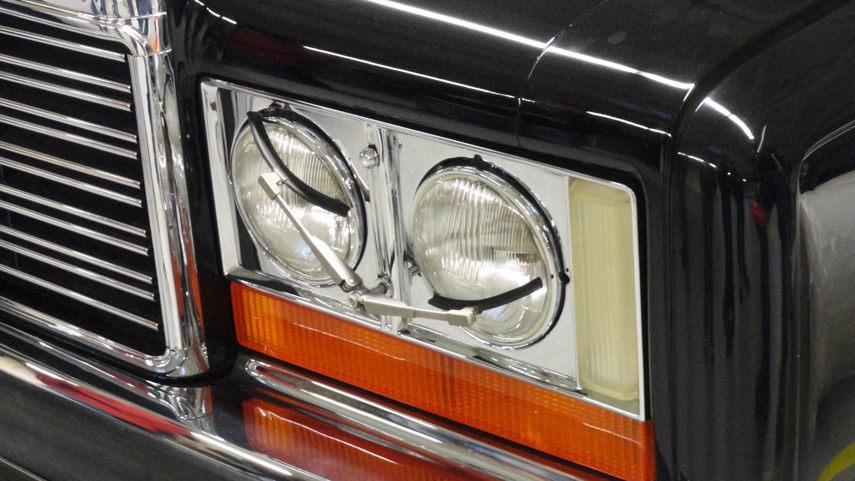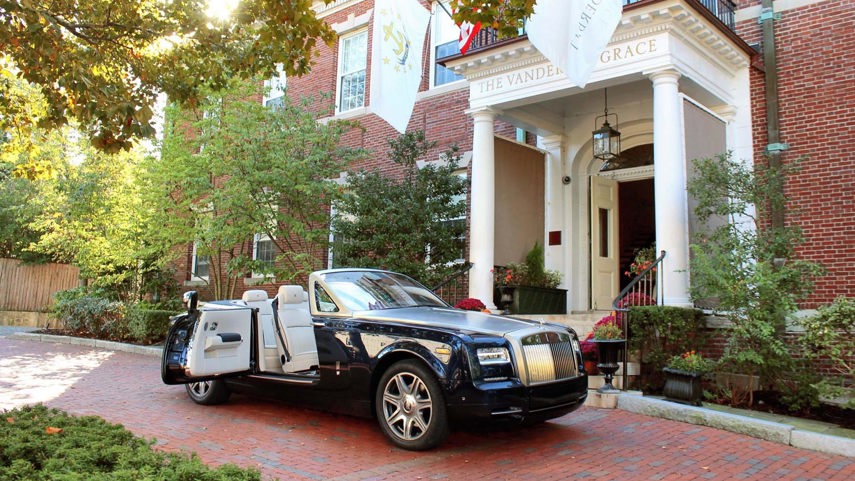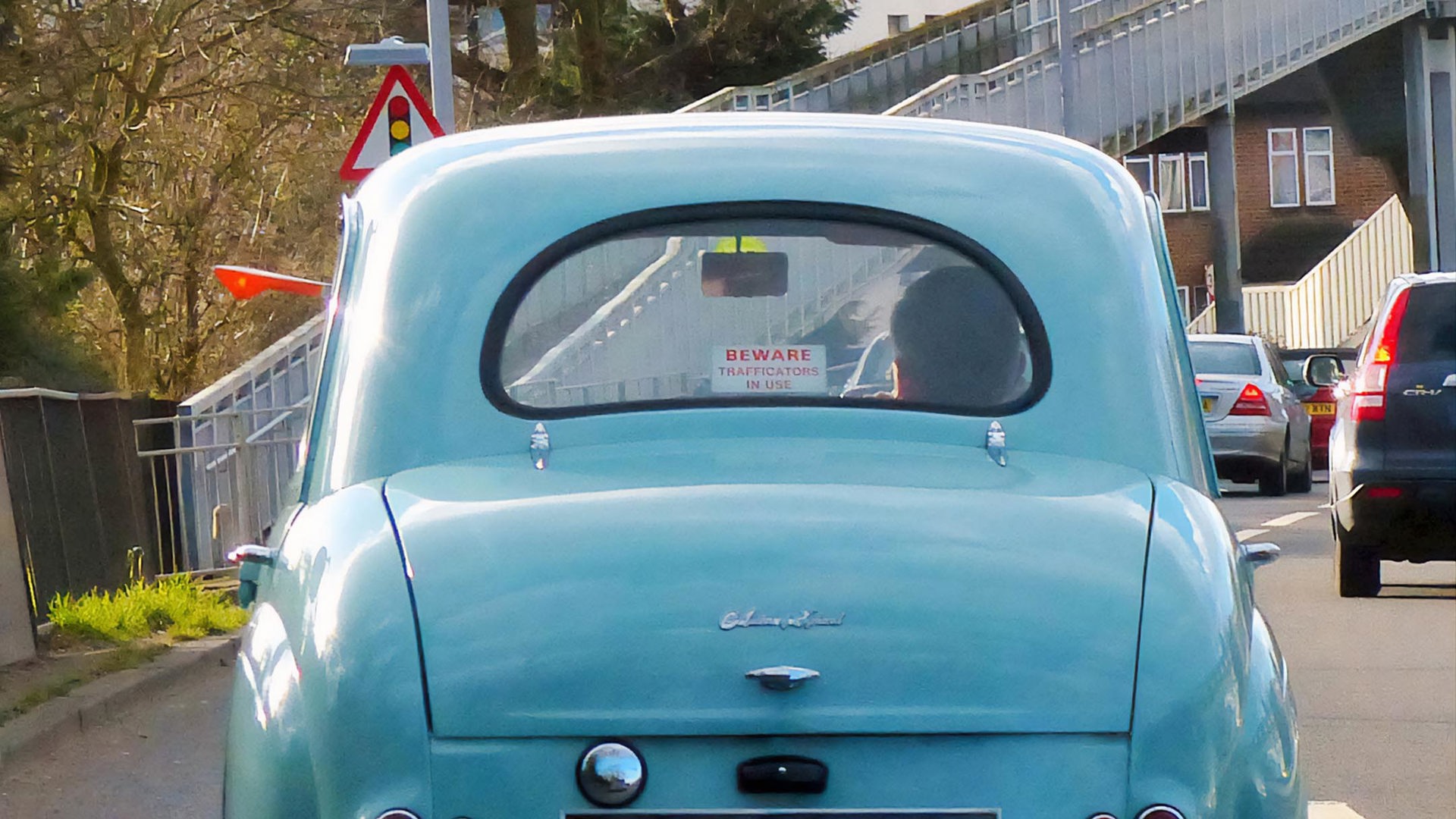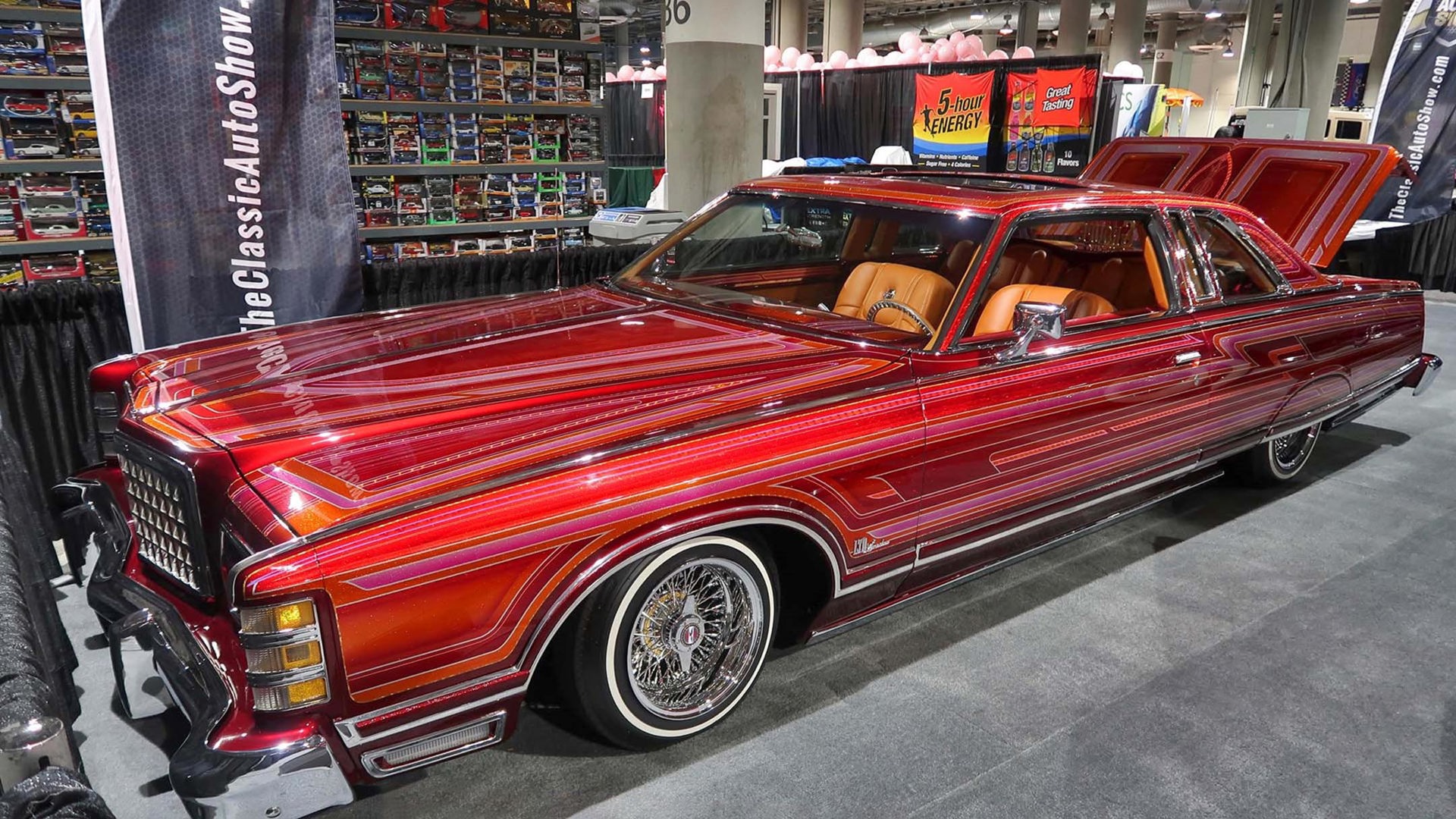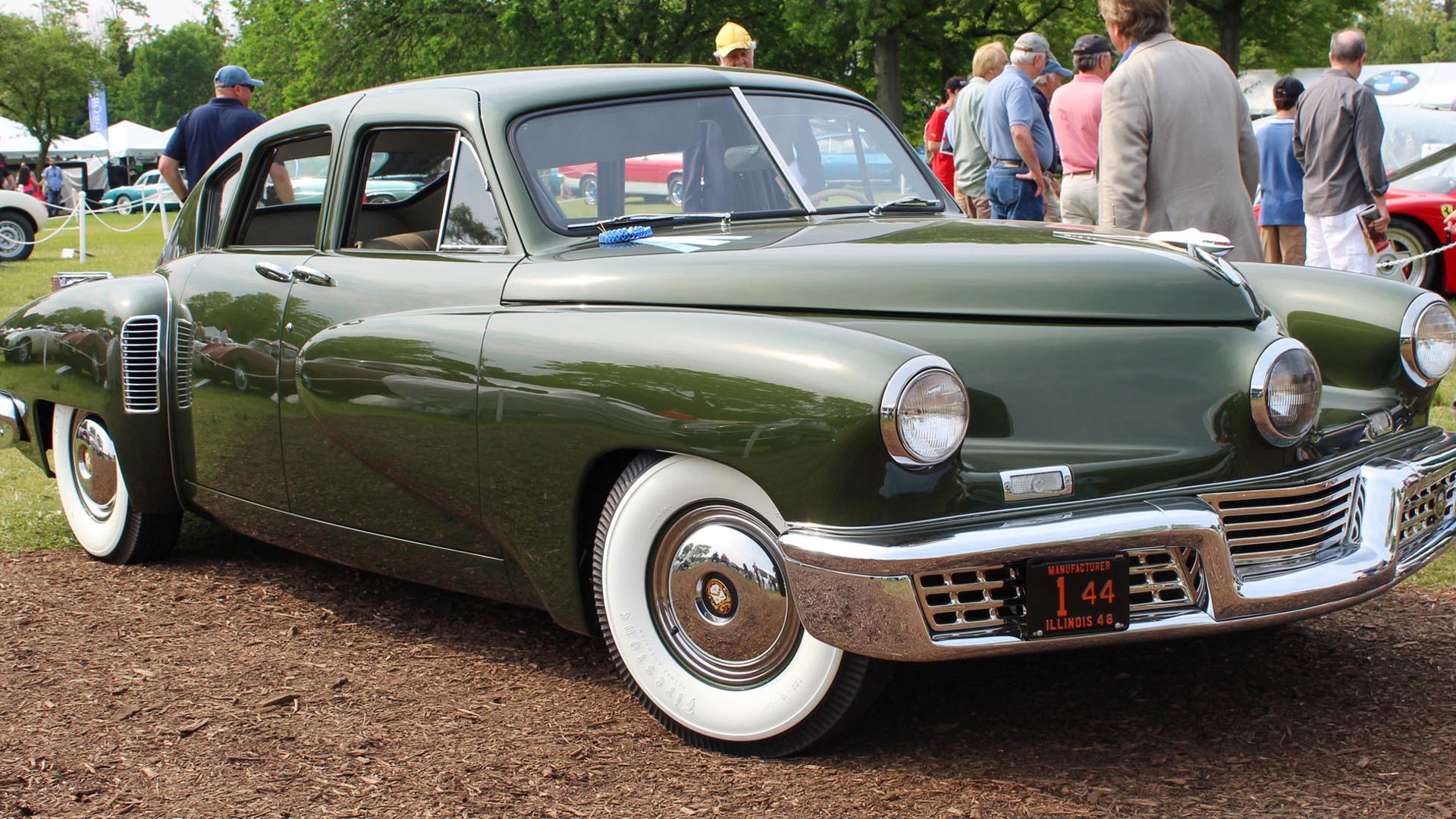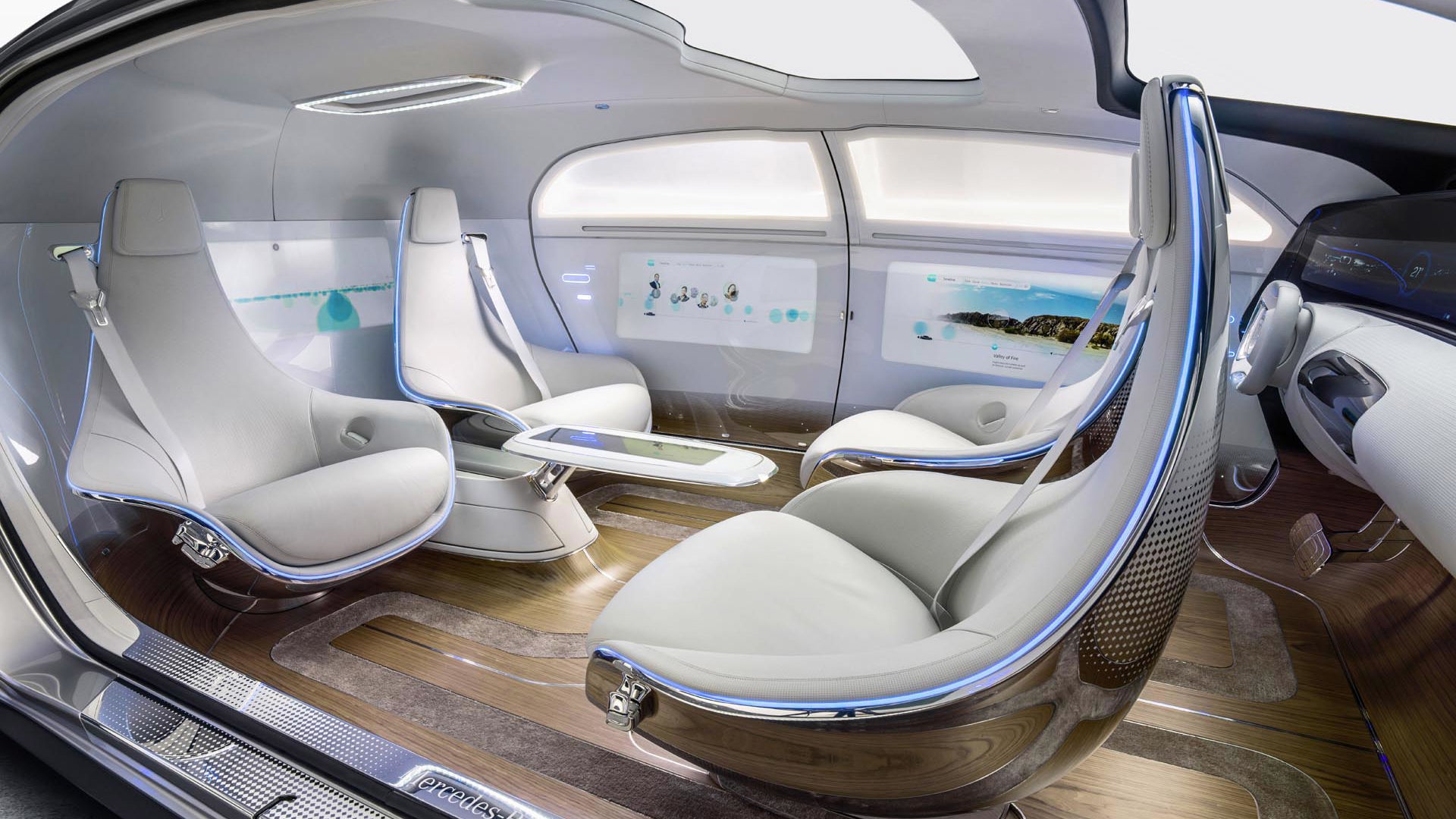While today’s technology makes modern cars a dream to drive, it’s cars of old that many automotive enthusiasts dream of owning. Among so many other things, it’s their shiny chrome and interesting quirks that make cars from yesteryear so captivating. Old cars cast a spell on us, but it’s about more than just the angles and curves, it’s those little details that have been rendered obsolete – for good and bad.
Here are just a few features of old that have vanished from today’s automobiles.
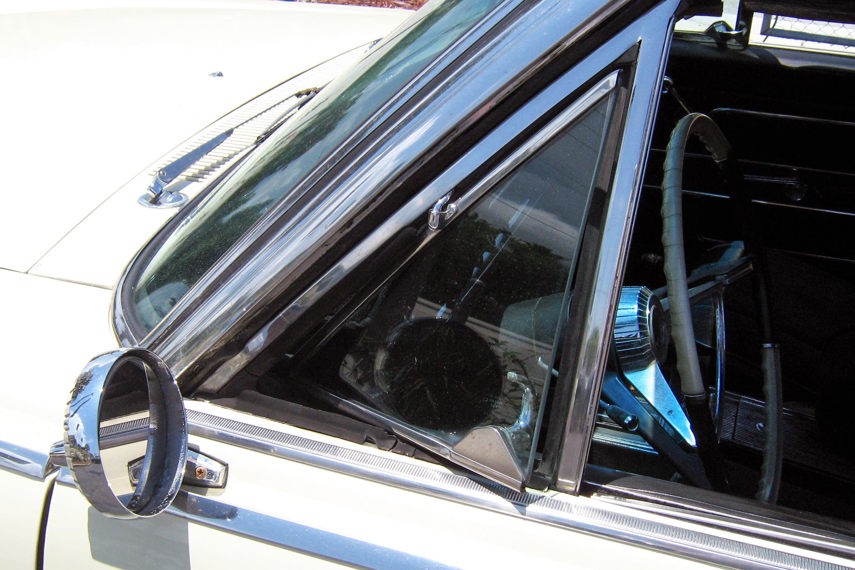
Wing Windows
Front-seat windows were a two-parter back in the day. The main window you’d crank down by hand (crank-down windows are themselves a relic of the past), but ahead of that was a separate triangular “wing” or “vent” window. You’d turn the lock then push the window out. It’d pivot on its axis and you could choose the angle for air to flow in.
Today’s power windows are great, but vent windows are one historic feature that’d be great on modern cars. Unlike rolling down the main window by an inch or two, the low position of vent windows meant drivers didn’t need to worry about their hair getting messed up by the wind while still getting the needed ventilation. Smokers loved flicking ashes from wing windows too, sparing the car of the dreaded “full ashtray” stench.
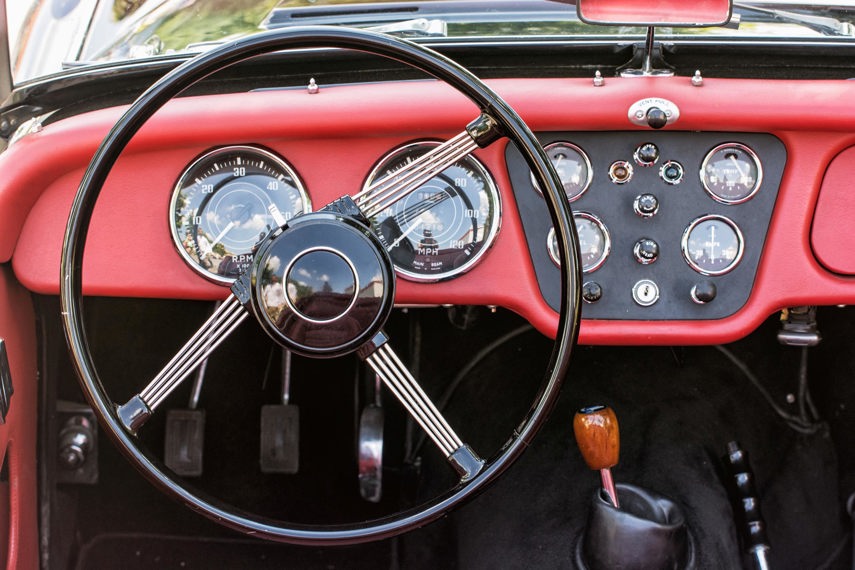
Floor-Mounted Headlight Dimmer Switch
Before the mid-’70s, you’d find a one-inch round steel knob on the floor, near the clutch pedal. Pump the button and it’d control the high-beam lights. Because, hey, your feet didn’t have enough to do, what with the brakes and the clutch and the gas. Inevitably, someone wised up and realized having the light controls closer to hand was simpler (and safer) for folks to manage.

Car Phones
In the 1970s and 1980s, car phones were the sign you’d really made it. Cellphones didn’t take off until the 1990s, when they stopped being a 2.5-pound brick. Car phones, invented in 1946, were wired into the car’s battery and ran off what’s essentially the “Zero G” network – the predecessor to the mobile network we know today. Car phones outshone mobiles until the 1990s, but they were both the domain of the rich and connected. You’d find car phones in swank rides like the 1982 Buick Riviera convertible being used by powerful, slick dealmakers like Gordon Gecko.
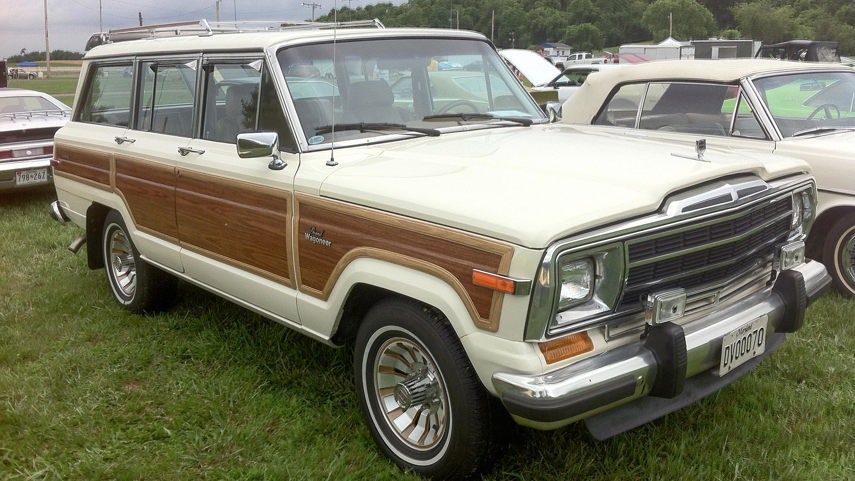
Exterior Wood Panelling
Nothing says “state-of-the-art engineering” like the wood-panelled exterior on a 1978 Ford Pinto. Wood panelling is an odd one because it goes right back to the earliest days of automotive design. Known affectionately among car lovers as “woodies,” panelling is found on all kinds of vehicles, like ’77 Chevy Suburbans and far too many station wagons to list. Even the PT Cruiser brought panelling back in the early 2000s. You might not spot wood panelling on the streets much these days, but guess what? Through the magic of modern reprographics, you can buy a wood panelling decal kit to trick out your car. How smart will that Smart car look with panelling, eh? Hello, resale value!
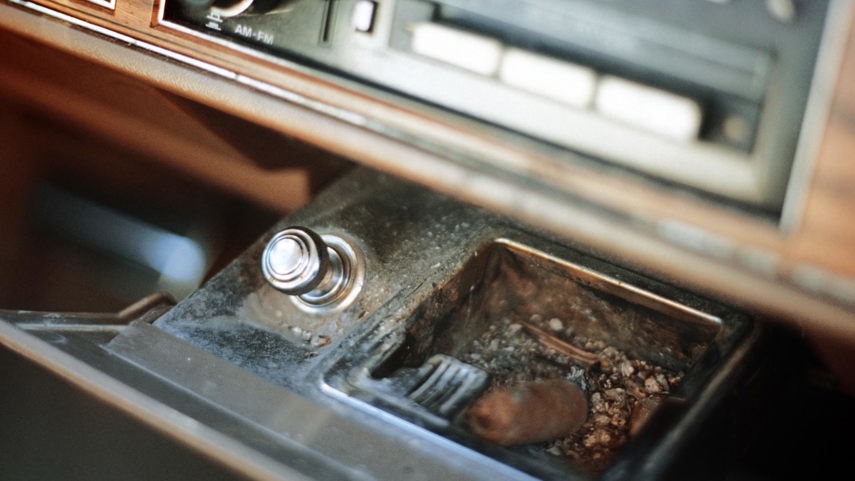
Smoker Central
Cars were a tribute to cancer sticks back in the day. Nothing quite said “living the good life” like blasting an 8-track of John Denver while cruising down the highway with the vent windows spun out, a tasty Marlboro ablaze between your fingers, and a lung full of carcinogens. Ahh, good times!
But a smoker needed all the trappings, like the cigarette lighter. Push that sucker in, wait for it to pop out, and there’s your blazing coil to light your cigarette. It wasn’t fool-proof, though, as you had to apply it on an angle or tobacco might stick to the lighter coil, causing burning ashes to fall on your custom tweed bench seat.
Naturally, you’d need ashtrays too – ashtrays for everyone! There was typically a giant ashtray in the front dash under the radio, “personal” ashtrays on every door, and even on the back of the console for those sat in the middle. Sometimes, ashtrays were mounted to the back of front seats, so one could flick ashes with either hand, ambidextrous-like.
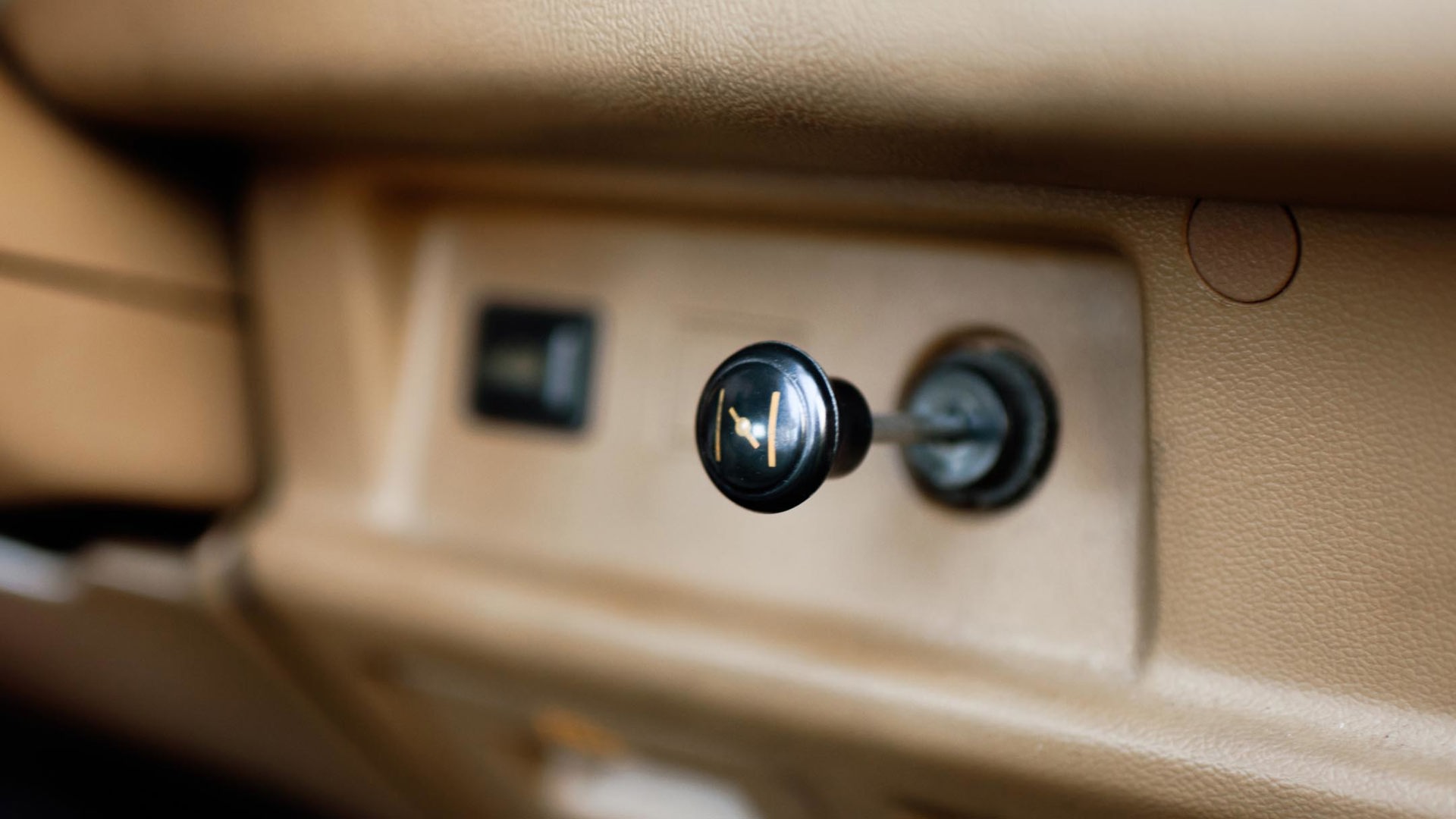
Carbs ’n’ Chokes
Today’s young driver would be at a total loss trying to start a car from the 1960s. Often, you had to pull out a choke button, then start the car. These days, fuel injection regulates how much fuel enters the combustion engine, a job done by carburetors in the Old Times. Fuel regulation was critical, as too much fuel would flood the engine and prevent it from starting, while too little wouldn’t ignite and have the same outcome.
Back in the day, you’d pull out the choke, start the car, then sit there for a couple minutes while the engine ran until it reached the ideal running temperature. Then, you’d close the choke, and were ready to hit the road. Close a choke too soon, though, and the car could sputter, cough, then stop running.
Successfully running a choke-controlled engine on the coldest winter days was almost an art. But carburetors do remain popular with the racing circuit and enthusiasts, because, for those who know the secrets of their ways, there’s a lot of satisfaction in knowing how to finely adjust the fuel/fire ratio with an old-school carb.
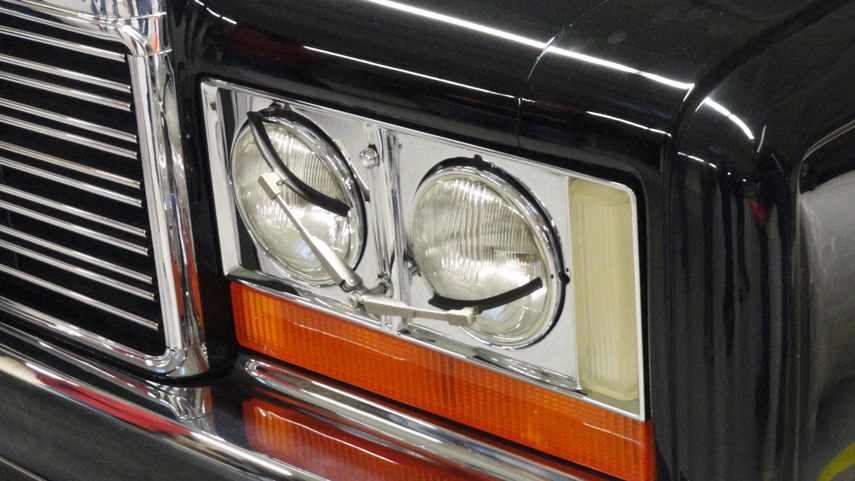
Headlight Wipers
These wee wiper blades were mounted onto the headlights and they were adorable. Although they were cute, many thought they were pointless because they didn’t do much in the rain, with water being translucent and all. It was largely a feature on Mercedes vehicles and Volvos, and folks who loved these little wipers were drivers who lived in snow-prone regions, since a whiteout could obscure lights and the wipers could drastically improve visibility in snowstorms.
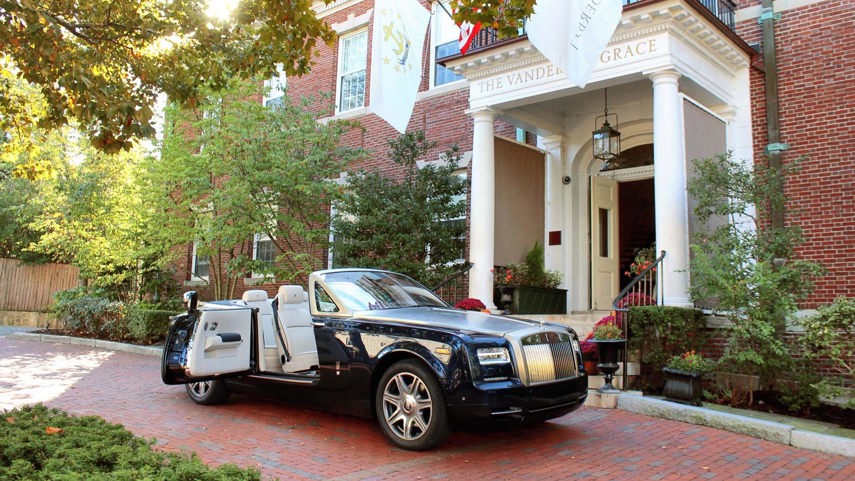
Suicide Doors
Technically, these are still around, but they’re only on a few cars. Got $300,000? You can pick up a Rolls-Royce with them. But don’t call them “suicide” doors, as the industry prefers the name “coach” or “flex doors.” Ergonomically, they are much easier for getting in and out of cars. Essentially, the hinges are on the opposite side of where they would be on a typical car. A suicide door pivots out from behind where the driver’s or passenger’s shoulders would be, instead of up where their feet are.
The doors got a bad rap in driving’s early days, with people opening the doors and falling out while cars were running. Modern safeguards make that impossible, as the engine running will activate a locking mechanism. Others, like cargo doors on truck cabs, require the front door to be opened first.
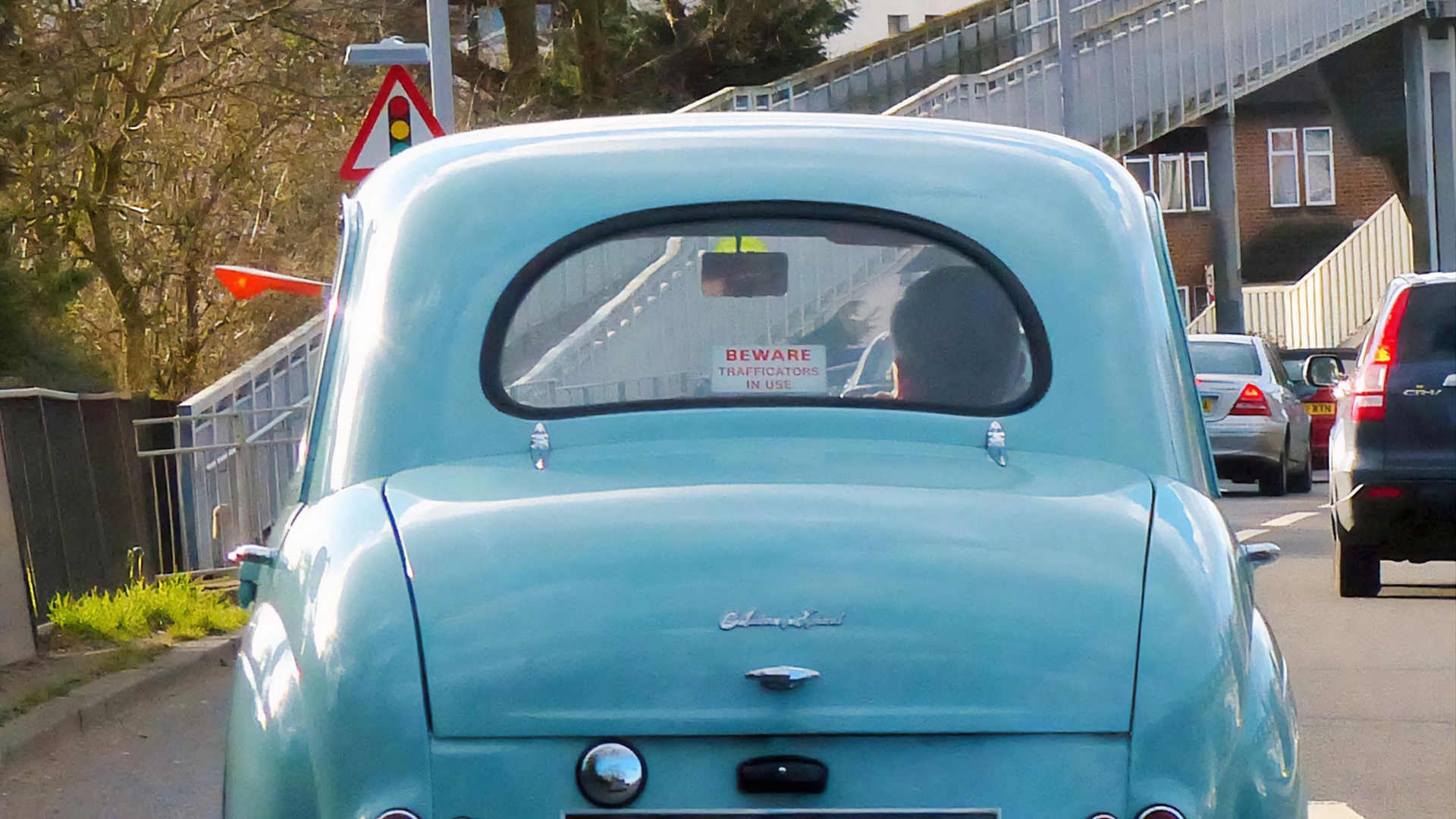
Trafficators
This one’s for fans of European vehicles from before the 1960s, like the ’58 VW Beetle, for example. Unlike the turn signals now used on cars, the trafficator resembled the railway semaphore signal for indicating which track a train should use. The trafficator was a light affixed to a wand that popped out when activated. It meant the signal flashed a few inches out from the car, usually from the door frame or door pillar.
Turning left? Pop! Out comes the left trafficator to let everyone know. Of course, the problem is the popping-out part. Should that functionality fail, it’s back to hand signals for the driver. Inevitably, larger and more prominently displayed turning indicator lights were permanently mounted at the front and rear of cars.
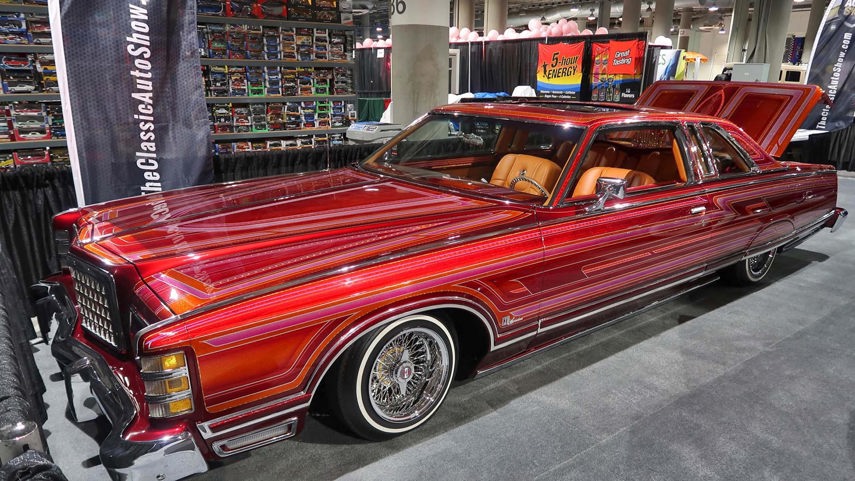
Flexibility and Customizability
There are so many other features that cars once had – like bench seats, rumble seats, lap-only belts, hand-cranked windows – but the biggest thing cars once had was flexibility. If you were a handy person, you could get in there and make upgrades, change things out, customize parts, use aftermarket fixtures, and really make it your car.
As much as modern engineering makes driving so much easier (and safer) with everything from push-button ignition to electric powertrains, it has also robbed owners (and even customizing shops) of the individuality and flexibility of adapting and maintaining modern cars. The proprietary nature of today’s automotive technology is a blessing and a curse to the car lover. At least there’s always wood panel decals and leopard-print seat covers.
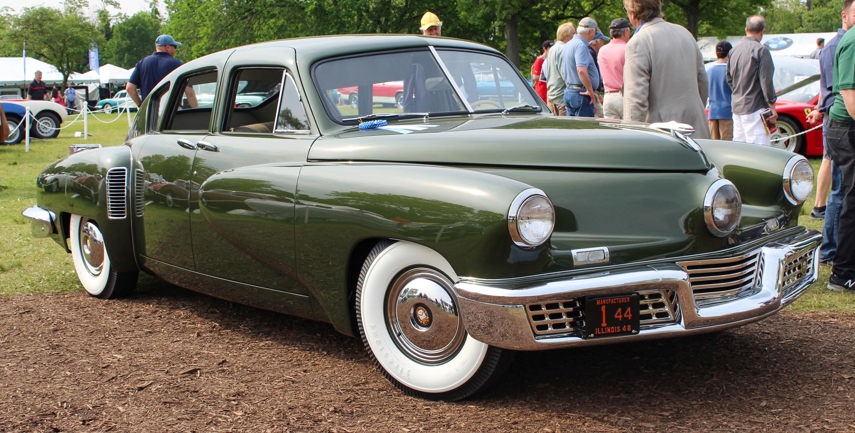
One Feature to Bring Back
One extinct feature that cars even today could use is the third headlight designed by short-lived automotive company Tucker. And unlike conventional headlights, the third was connected to the steering; turn the steering wheel and the light turned with it – genius. Tucker was around for less than a decade, but today’s cars use many safety designs invented by Tucker, including a pop-out windshield and padded dashboards. The centre headlight has yet to return, but the older idea of directional headlights has endured, with some modern systems even using GPS data to turn the lights in response to road curvature before any driver input.
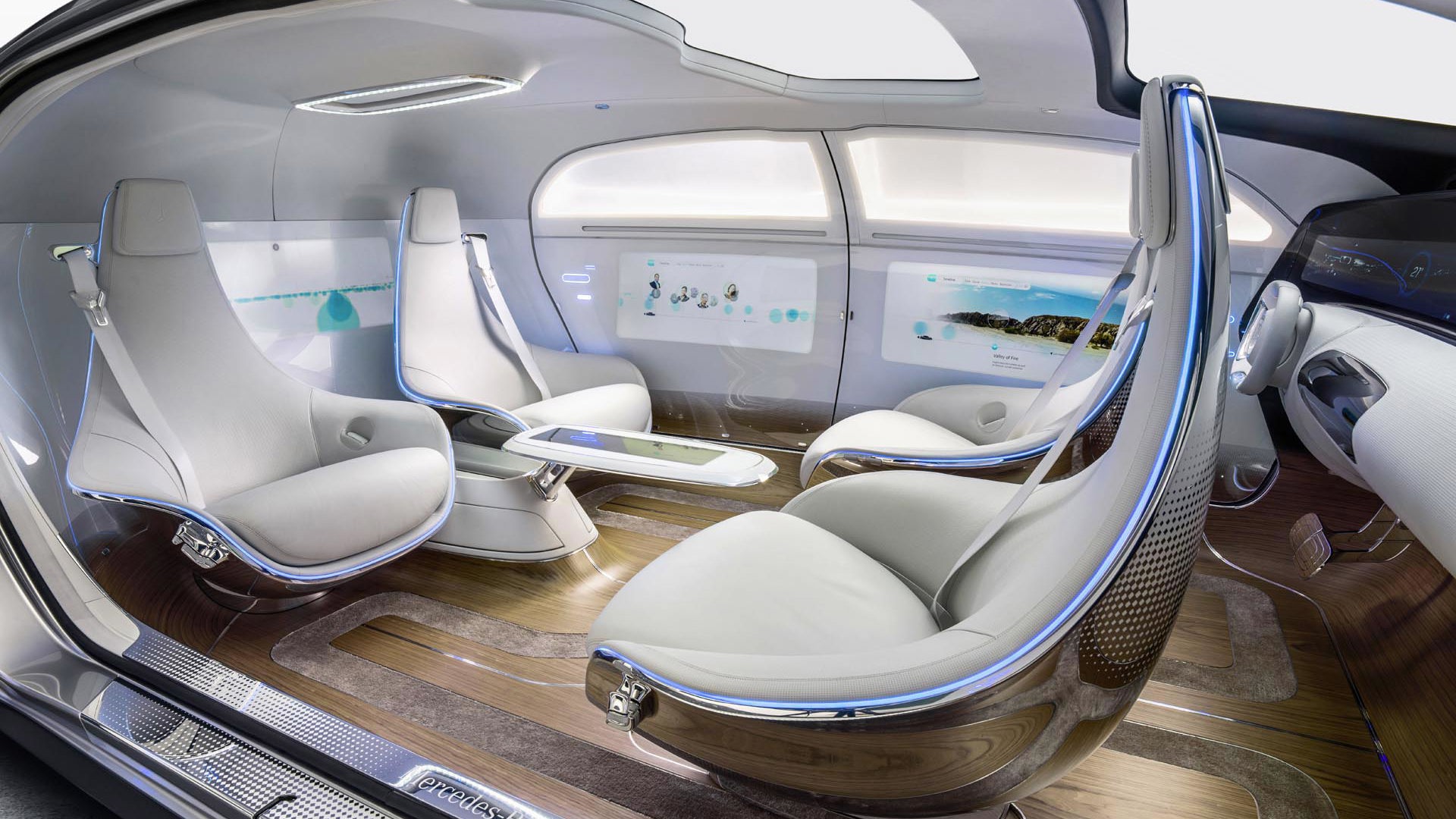
Engineering advances happen constantly, and motor vehicles change as they do. Today’s tech means amphibian vehicles exist, electric cars are taking over the marketplace, solar-powered cars are moving beyond prototypes, and even self-driving technology is now in use.
What commonplace features today will vanish in the years ahead? Only time will tell.
